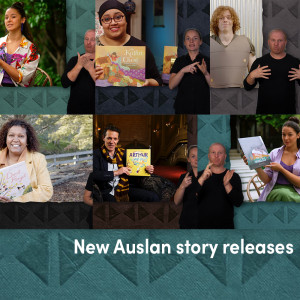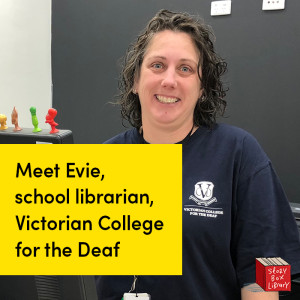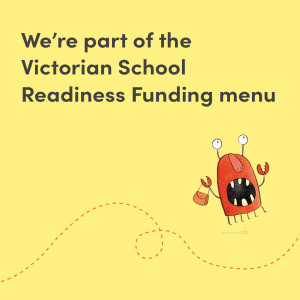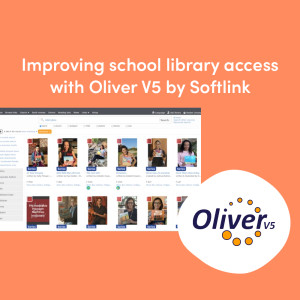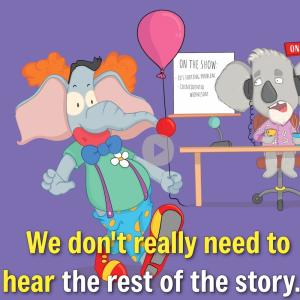Innovating storytime at City of Sydney Library
16 Jun 2022
Story Box Library recently spoke with Annette Webb, part of the programming team at City of Sydney Library. The team produces public programs, from talks and makerspace workshops to creative performances and early childhood content. Running Auslan and English storytime in branches since 2017, Deaf and hard of hearing children and their families can engage with storytelling at the library.
“Libraries can play an important role in engaging children who are Deaf or hard of hearing by featuring Deaf presenters as literacy role models, and more broadly, have a powerful platform to showcase diversity in presenters and audience members,” Annette says.
Tell us about the development of your Auslan and English storytime.
English literacy levels vary greatly in children who are Deaf compared to hearing children. To best support the development of English literacy for this audience, a proficient or native signer features in our storytimes with an interpreter reading the book in English.
Book selection is also extremely important as some books work much better in Auslan than others. Again, we are guided by Deaf presenters in this area. During Covid branch closures, all face to face programming was suspended and, like many other libraries, we began producing videos of our storytimes. We have been doing this since June 2020 and have just produced our 68th Auslan and English storytime online video.
We work closely with our partner Deaf Connect to ensure this program is relevant, inclusive and engaging.
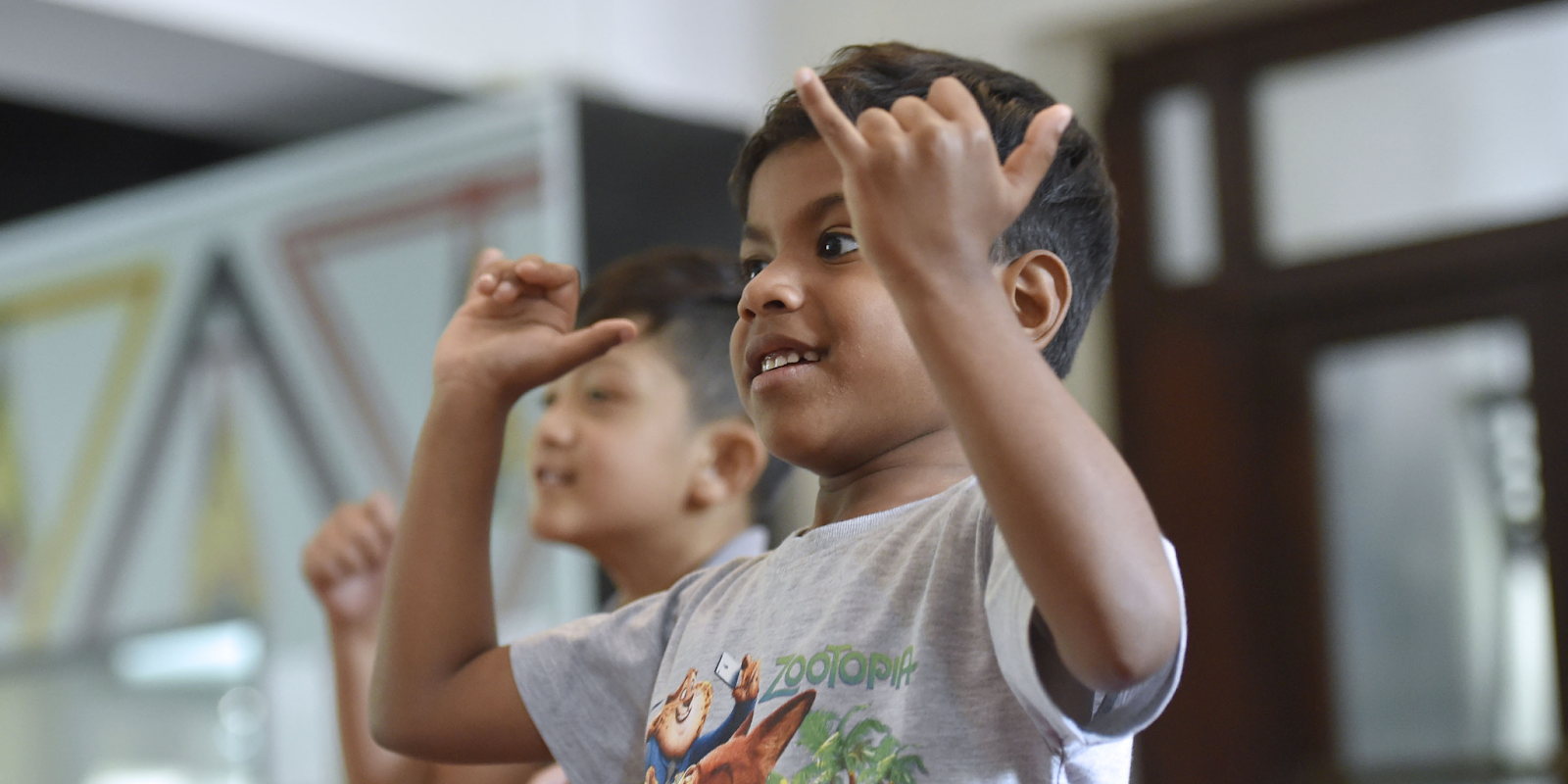
Image credits (right): City of Sydney Auslan and English storytime, photographer Adam Hollingworth
What are some of the biggest benefits that delivering your Auslan and English storytime has brought to your community?
In terms of our branch storytimes, which have returned since Covid and happen on the 2nd and 4th Saturday of each month at Glebe Library, these provide a powerful opportunity for Deaf children to have a story read to them in their native language. We have also had children who are non-verbal and acquiring Auslan as their primary means of communication benefit greatly from our face to face sessions.
These sessions also build strong foundations for a child’s relationship with libraries and books. Our videos have gained a large and dedicated audience with over 25,000 views and lots of positive feedback from teachers and families. Because our video featured several key signs for each story, family members can learn the signs along with their child.
Another great benefit of the online videos is people who do not live in Sydney can access these bespoke early literacy supports on demand. Both our face to face and online versions of this program provide important exposure to Deaf culture for hearing children and their families.
How can other digital resources, like Story Box Library, assist in creating greater inclusive approaches to literacy and learning for children with disabilities?
Other digital resources can foster greater inclusivity with their content by ensuring that the product is able to be accessed readily by children with disabilities. This can be through compatibility with assistive technologies and being available in different formats and presentations.
Building a resource that can be customised to the individual user’s preferences in terms of visual, audio, written and other content will allow resources to be of greater benefit to the unique learning needs of the user.
Digital resources creating greater inclusion in literacy and learning
City of Sydney Library recommends the following list of digital resources to assist in creating greater inclusive approaches to literacy and learning for persons with disabilities:
Accessible text (font size, colours, contrast, text spacing)
Ability to change text (font size, font style, colours, contrast, text spacing, dyslexia-appropriate text)
Ability for users to zoom and increase areas of the webpage and/or text
Audio/sound and text (providing text and sound together to increase learning and understanding)
Ability for users to access audio options for users who have vision impairment allowing them to have the page converted to audio
Ability to change the speed of audio to allow users to slow or increase the speed of audio
Closed captioning options for videos
Multiple language interfaces (the ability to switch between languages)
Easy navigation of digital resources
Intuitive design
Accessibility on devices (PC, mobile, tablet)
Adaptive design (website is mobile friendly and adapts to mobile/tablet/PC)
If you’d like your public library or staff to be featured on our blog, email our team at libraries@storyboxlibrary.com.au.


